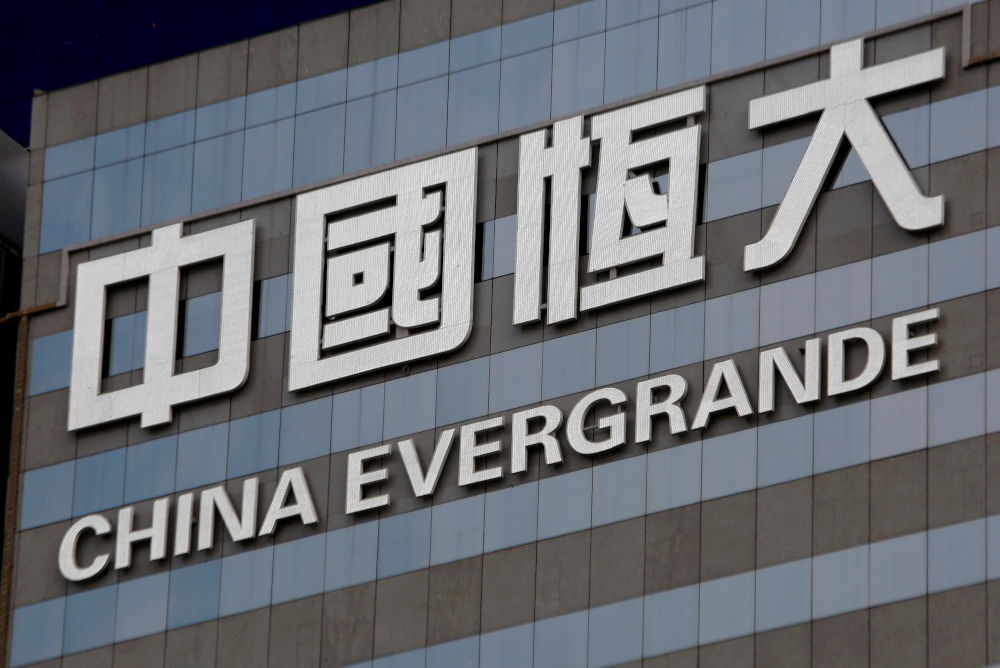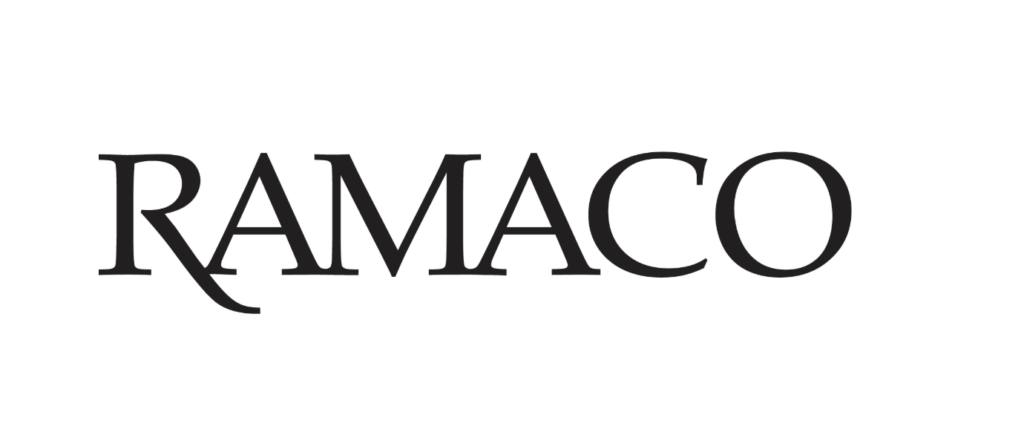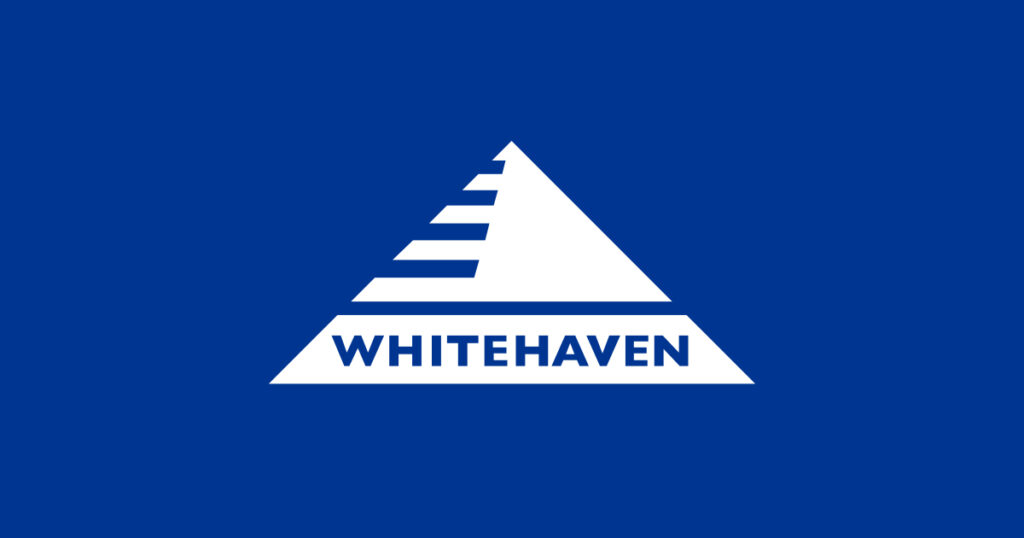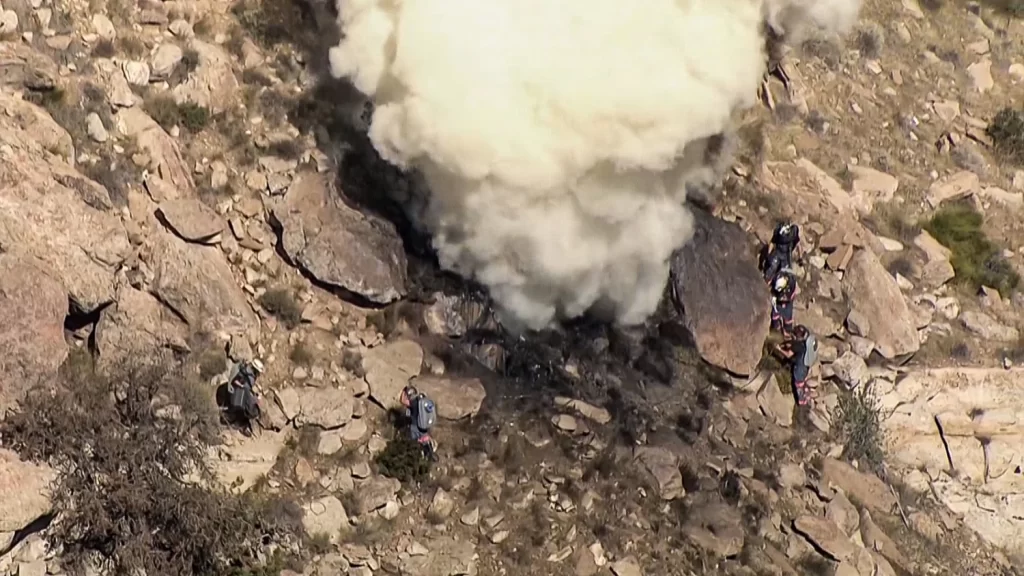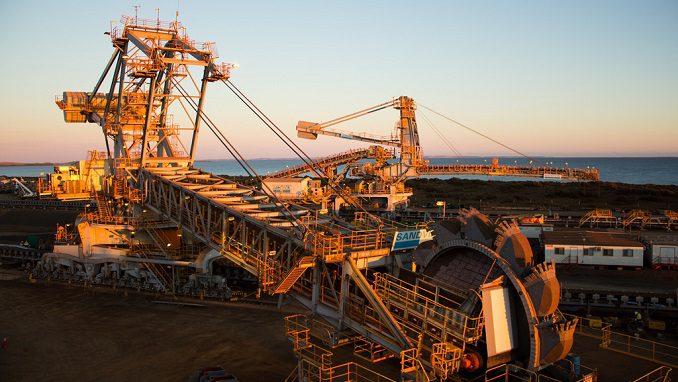Coal Prices
- Premium Low Vol (FOB Australia) $237.00/mt
- CFR China Shanxi PLV equivalent $240.01
- PLV China Netback $258.62
- PCI (FOB Australia) ~$162
- Low Vol HCC (USEC) $220
- High-Vol A (USEC) $210
- High-Vol B (USEC) $197
- CFR South China (5,500) $100.00/mt
- FOB Newcastle 20% Ash (5,500) $89.20
- CFR India West (5,500) $101.00
- CIF ARA (6,000) $115.00
- Richards Bay (5,500) $94.40
- Baltimore 3% Sulfur (6,900) $80.50
- Hampton Roads 1% Sulfur (6,000)$113.40
- Kalimantan (4,200) $51.00
Coal News
The New South Wales (NSW) government plans to increase mining royalties to improve its financial situation after the temporary cap on coal prices, implemented to control electricity prices, expires. Treasurer Daniel Mookhey will begin consultations with coal suppliers, power stations, and trading partners to transition away from the cap, which is set to end in July of the following year. The cap on coal prices was introduced through emergency legislation after a deal with the Prime Minister to control the domestic market in response to Russia’s invasion of Ukraine, which caused coal prices to surge. In return for the cap, the previous NSW Coalition government froze mining royalty rates, resulting in an estimated cost of $100 million to $200 million to the budget.
Now, the NSW government aims to engage all stakeholders, including coal mining companies, power station operators, and unions, to assess the impact of the cap on the coal industry and electricity market. They also seek to understand the potential effects on domestic coal and electricity prices after the cap expires. The government will explore alternative policy options to minimize impacts on electricity bills and evaluate the possibility of adjusting royalty rates to respond to market conditions. Treasurer Mookhey emphasized the government’s commitment to helping families with the cost of living, funding essential services, and restoring the budget position. The consultation process will include face-to-face meetings and written submissions, and the current system will remain unchanged until the coal cap’s expiration in 2024.
NSW Treasurer Daniel Mookhey is considering increasing coal royalties in the state to obtain a fair return for resources. The government has started consultations with 16 coal miners regarding this change ahead of the state budget in September. Mr. Mookhey believes that higher taxes on the coal industry will have a negligible impact on power prices, but he wants to verify this with the market. The cap on coal prices, implemented to control soaring electricity prices, is set to expire next year, and all options are being considered to keep electricity bills down once the cap ends. However, mining companies like New Hope and Whitehaven warn that unreasonable royalty rates could harm investment and job growth in the state. Queensland’s recent increase in coal royalties has been controversial in the mining industry, and NSW faces similar challenges. The NSW government is determined to provide effective and affordable energy relief to households, but it comes at a time when electricity prices have been rising in the National Electricity Market.
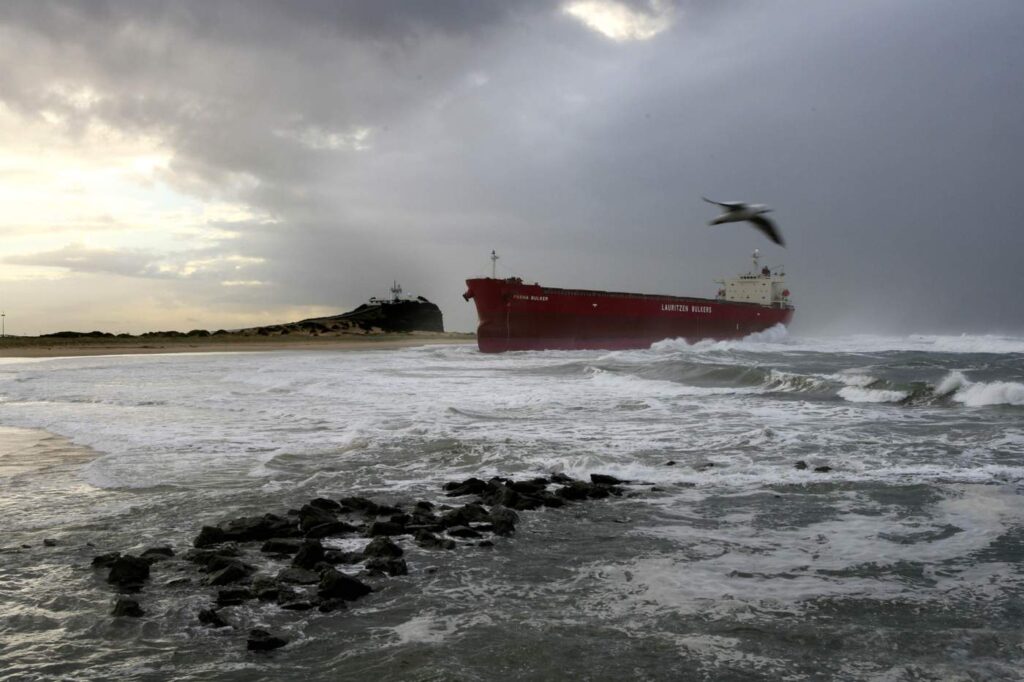
Grounded dry bulker on the coast of Newcastle
Thermal Coal News
Demand for medium grade coal in the Asian thermal coal spot market has decreased, while interest in higher calorific value (CV) coal has risen due to the weak industrial output in China. Chinese buyers are favoring Colombian high-CV cargoes as they are cheaper than Indonesian or Australian coal. Low-CV grades are being traded based on current index prices. In India, robust domestic coal production has reduced imports, with some interest in mid-high CV coal from South Africa. Demand from Bangladesh, Pakistan, and Myanmar remains subdued. Indian buyers are expected to start purchasing again in September after the monsoon season, with current coal stockpiles sufficient for over 12 days of coal burn at power plants.
The Federal Energy Regulatory Commission (FERC) has approved the sale of the 1,300-MW Pleasants coal-fired power plant in West Virginia to a subsidiary of Omnis Fuel Technologies LLC. The plan is to convert the plant to produce hydrogen using the hydrogen byproduct of Omnis’s graphite production operations. Former FirstEnergy Corp. affiliate Energy Harbor Corp. transferred the plant to Energy Transition and Environmental Management (ETEM) for potential demolition, but the lease was extended until May 31 for deactivation. After reaching a purchase deal with Omnis Fuel Technologies, FirstEnergy decided not to proceed with its plans. The FERC order is the final agency action on the case, and any material changes must be reported within 30 days. Requests for rehearing can also be filed within 30 days of the order.
According to market sources, as safety inspections continue in coal mines throughout the country, at least 18 coal mines have been required to halt operations due to significant safety hazards. These mines are primarily situated in Sichuan, Guizhou, Shaanxi, and Gansu.
Due to heavy rains affecting its operations, India’s state-owned coal producer SCCL has announced a 15-day force majeure for its mines in the southern state of Telangana. The force majeure will be in effect from July 17 until the end of the month.
China Coal Guangyuan Coal-fired Power Station, consisting of two 1-GW high-efficiency ultra-supercritical coal-fired generating units in the southwestern province of Sichuan, has received approval from the local provincial economic planner. This marks the first coal-fired power project in the province since the 13th Five-year Plan period.
Metallurgical Coal News
Metallurgical coal prices in Asia saw a continued uptick on July 26, with CFR China prices rising due to improved domestic coal prices. The benchmark Premium Low-Vol Hard Coking Coal (PLV) remained steady at $237/mt FOB Australia, while the delivered CFR China price was assessed $3/mt higher at $248/mt CFR China. The domestic coking coal market in China also experienced an uptrend due to stringent safety checks on mines. Meanwhile, in the Chinese met coke market, prices continued to rise despite reluctance from major steelmakers to accept the third round of price upticks. In the FOB Australia market, participants are waiting for further clarity on prices before making deals. Indian demand for seaborne coal is expected to rebound once the monsoon recedes. In the Indian met coke market, the domestic tradable value for coke was heard at around Rupee 33,500-34,000/ex-plant levels.
Atlantic met coal markets are closely monitoring China’s import potential as China’s CFR import pricing has increased to incentivize trade. Seaborne FOB markets remain quiet with limited spot activity. US met coal pricing is steady due to a lack of spot export activity and focus on domestic annual terms for 2024. Price relativities between US and Australian coals remain stable. However, spreads between US coking coals and pulverized coal injection (PCI) have widened, making selling low-volatile HCC as PCI less attractive. Chinese domestic PLV pricing surged, but China’s delivered import pricing may still not be high enough to allow for US exports. Derivatives show a slight recovery in pricing for prompt August and September periods.
Australian seaborne coal prices remained unchanged for the fifth consecutive day as a miner’s offer for September loading Saraji has not been concluded yet. August paper prices traded slightly higher by $1.68/t since yesterday. The coke market in India is relatively quiet as buyers are holding off purchases until 30 July 2023 due to anticipation of potential changes in import duties on coke from different origins. In China, a Russian miner awarded 21,000 t of LV PCI and 21,000 t of K10 for 30 July – 9 August laycan at lower and relatively flat prices, respectively. Chinese steelmakers have been notified of potential output restrictions in the second half, but specifics regarding annual output remain unclear. Some Chinese steelmakers have accepted coke producers’ push to increase coke prices, while leading steelmakers have not yet accepted and may decide tomorrow.
Anglo American’s pre-tax earnings from its Queensland metallurgical coal business declined to $371 million in the first half of 2023 due to lower market prices, down from $1.24 billion in the same period last year. Despite higher production, revenue from met coal production remained mostly steady at $2.0 billion. Realized prices for hard coking coal and pulverized coal injection products also declined in the first half of 2023 compared to the previous year. The company aims to reduce methane emissions from its met coal operations and is on track to cut its Scope 1 and 2 emissions by 30% by 2030. Anglo American has access to $14.9 billion of liquidity.
Steel & Iron Ore News
Global crude steel output in the first half of the year declined by 1.1% compared to the same period last year, totaling 943.9 million metric tons (mt), as reported by the World Steel Association. China’s steel production grew by 1.3% year on year in H1, reaching 535.6 million mt. Outside China, steel output dropped by 4.2% year on year to 408.3 million mt, with regions like Other Europe, EU, South America, and North America experiencing declines. India remained a growth contrarian, with steel production increasing by 7.4% year on year in the first six months of the year.
Fortescue Metals, an Australian iron ore producer, reported shipping 192 million tonnes of iron ore in the fiscal year 2023, a 2% increase from the previous year. They expect to ship between 192 and 197 million tonnes in the fiscal year 2024, supported by production from their new Iron Bridge mine. Portside sales in China were at 16.7 million tonnes in FY2023, lower than the previous year’s 18.5 million tonnes.
Gas News
Japan and Australia held a ministerial meeting in Tokyo to discuss their energy cooperation. They emphasized the importance of a stable policy and investment environment for deepening their cooperation on energy security and climate change. Japan expressed concerns about Australia’s Safeguard Mechanism reforms, which could impact its LNG businesses in the country. The Safeguard Mechanism requires facilities emitting over 100,000 mt/year of CO2 equivalent to cut net emissions by 4.9% annually until 2030. Japan has sought clarity and an exemption for certain projects under the mechanism. The meeting aimed to address these issues and reaffirm the energy partnership between the two countries.



